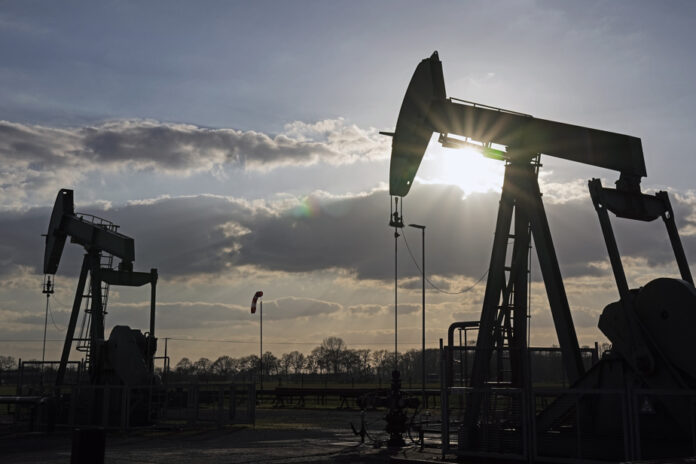(New York) Oil prices advanced on Friday as supply tensions trumped fears over demand resilience for now, as the market accommodated Fed Chairman Jerome’s speech. Powell.
A barrel of Brent North Sea oil, for October delivery, rose 1.34% to $84.48.
Its US equivalent, a barrel of West Texas Intermediate (WTI), for same-month delivery, gained 0.98% to $79.83.
Jerome Powell, the head of the US Federal Reserve “had a two-sided talk of faces, of which you can find both bullish and bearish elements for the market”, commented Phil Flynn, of Price Futures Group, interviewed by the AFP.
The president of the institution indicated at the symposium of central bankers in Jackson Hole, Wyoming that inflation remains “too high” keeping all his options on the table to curb it while remaining cautious about the impact that can have monetary tightening of the economy.
“There weren’t many surprises, but it didn’t raise concerns that the Fed might overdo it on rate hikes,” Flynn summed up.
According to him, the black gold market was initially driven by “concerns about diesel supply,” seen in stoppages at refineries in Louisiana.
More broadly, “the market continues to face mixed signals”, commented analysts at Energi Danmark, with on the one hand “weak economic signals, particularly from China, combined with higher interest, lowering expectations about the future of the global economy.
On the other, “lower US inventories and reduced supply from major global producers are offsetting bearish signals,” they explain.
On the natural gas side, the Dutch TTF futures contract, considered the European benchmark, concluded at 35 euros per megawatt hour (MWh).
Workers at the North West Shelf gas facility in Australia have reached an agreement with Woodside management, temporarily dissuading the prospect of an impending strike in Australia’s liquefied natural gas (LNG) sector.
“This of course led to a sharp decline in the gas market, where prices fell back to levels close to where they were before the strike rumors started earlier this month,” analysts pointed out. from Energi Denmark.
The affected Australian gas facilities alone supply more than 10% of the world’s LNG (liquefied natural gas) supply each month.















